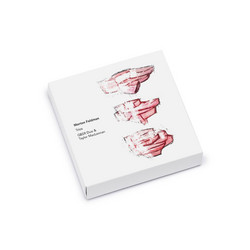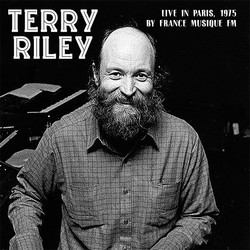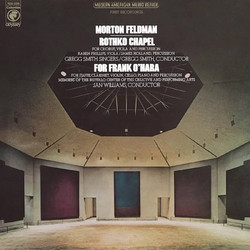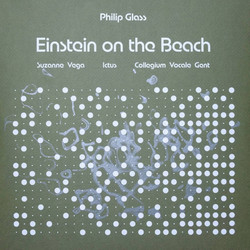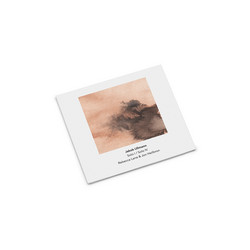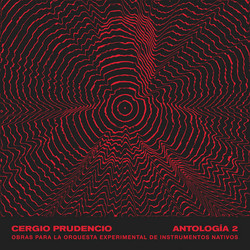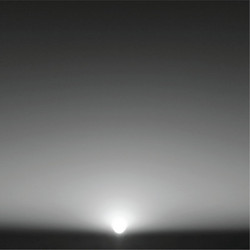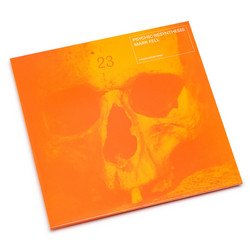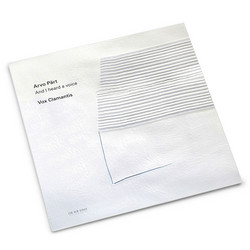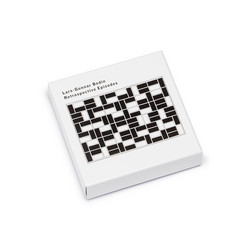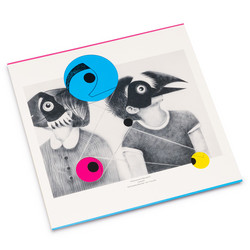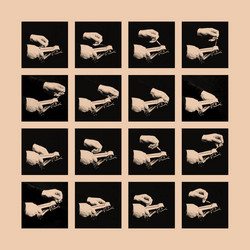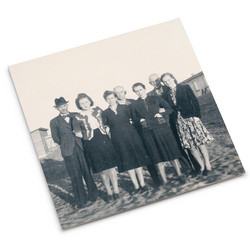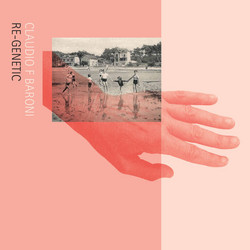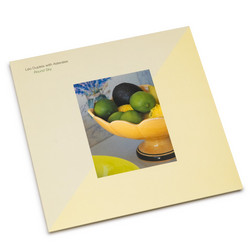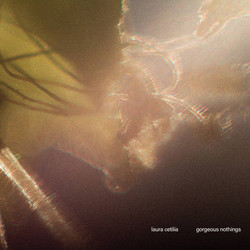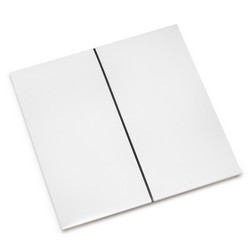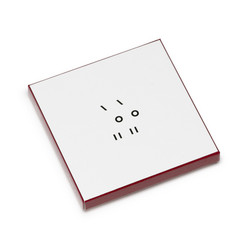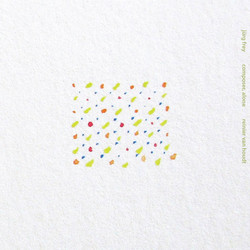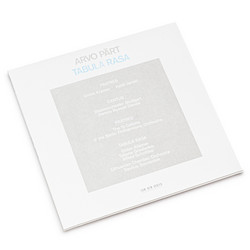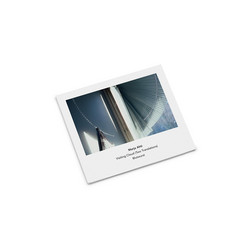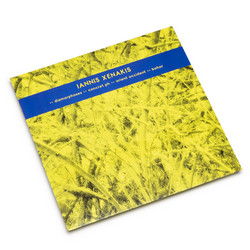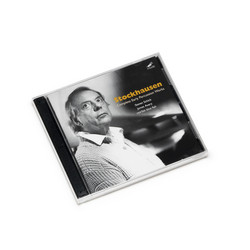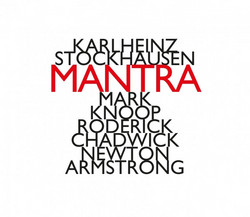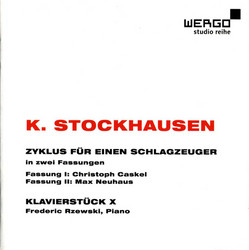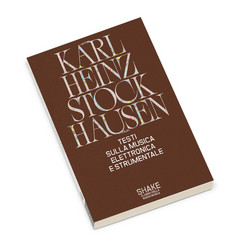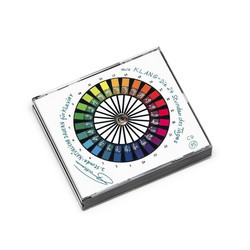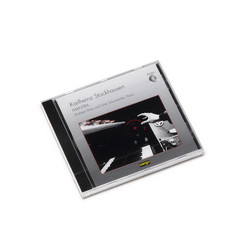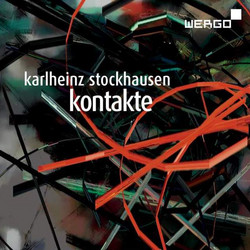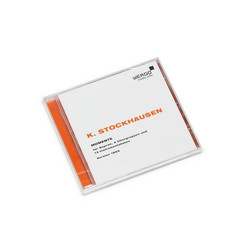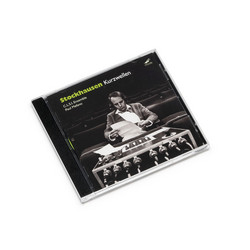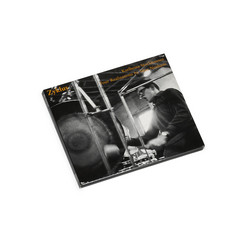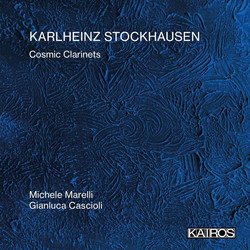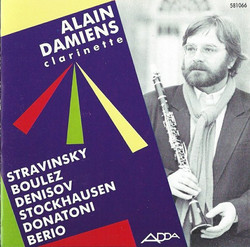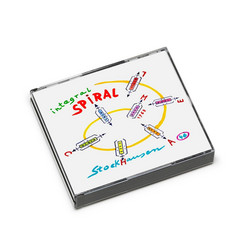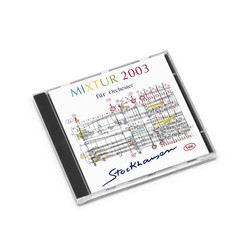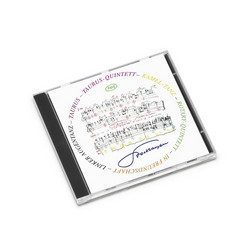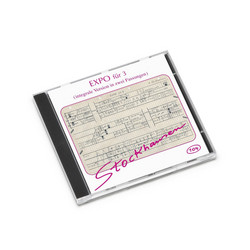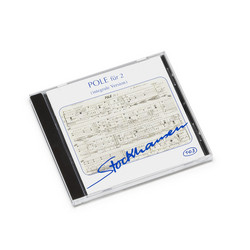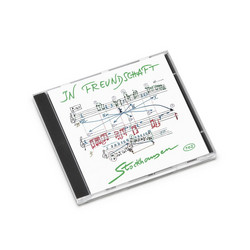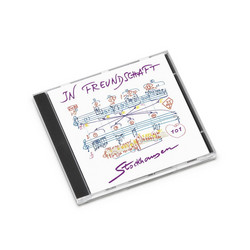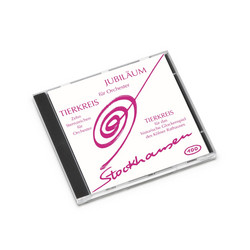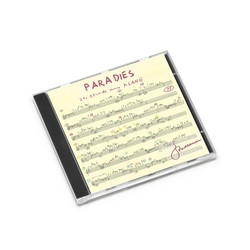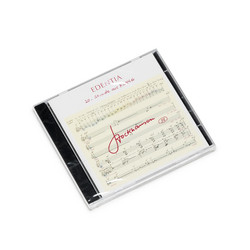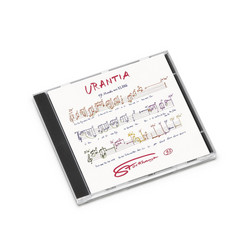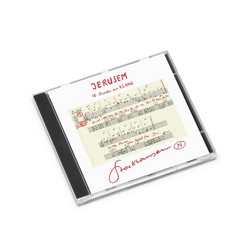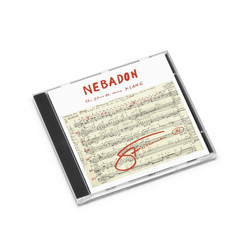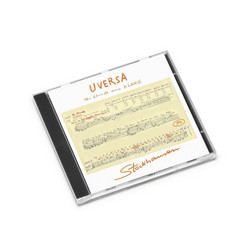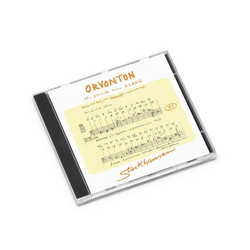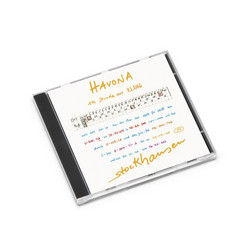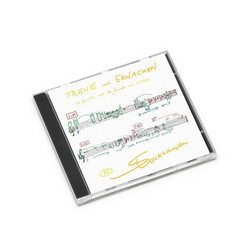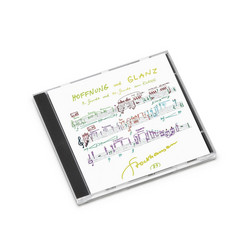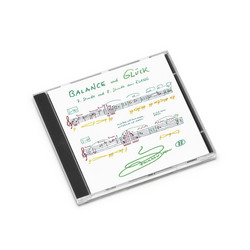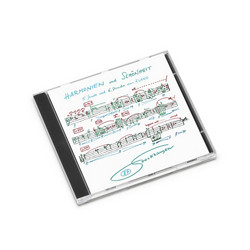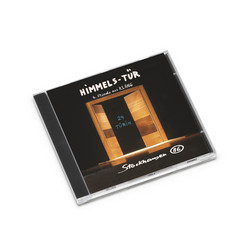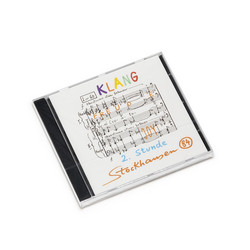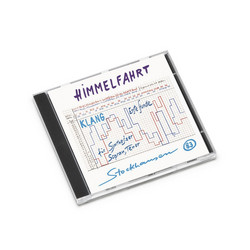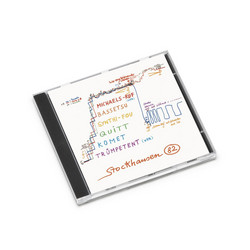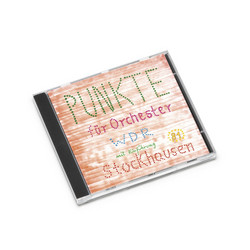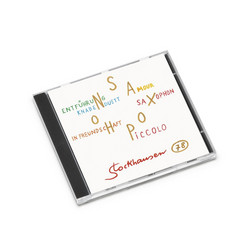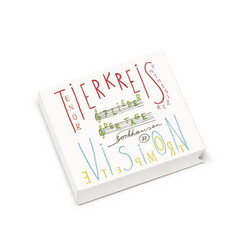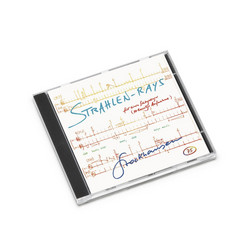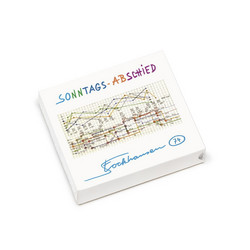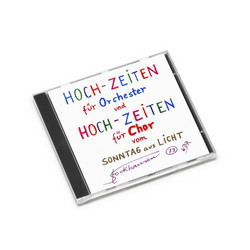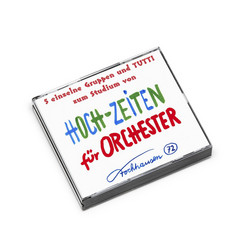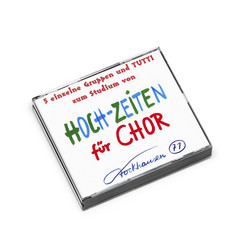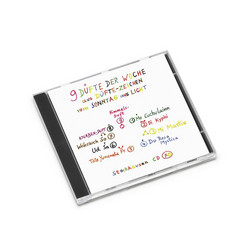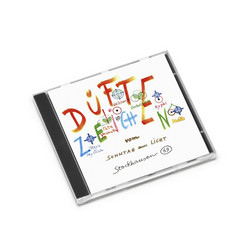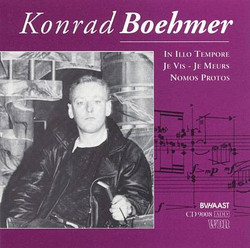Karlheinz Stockhausen
Chöre Für Doris - Choral - Drei Lieder - Sonatine - Kreuzspiel
*Includes a 32-page booklet in German and English.* Karlheinz Stockhausen Foundation presents five essential works from 1950-1951, performed by leading interpreters of contemporary music. This collection captures the composer's radical transformation from traditional forms to revolutionary serialism during his pivotal study period with Frank Martin and Olivier Messiaen.
Chöre für Doris (Choruses for Doris), composed for his first wife Doris Andreae, explores microtonal harmonies within intimate a cappella textures. The accompanying Choral demonstrates Stockhausen's early experiments with palindromic structures that would later define his mature style. Drei Lieder (Three Songs) sets texts by contemporary German poets, featuring angular vocal lines that challenge traditional lieder conventions. The chamber orchestra accompaniment creates a dialogue between voice and instruments that prefigures the composer's later theatrical works. The Sonatine for violin and piano, written during his studies at the Cologne Musikhochschule, reveals Stockhausen's systematic deconstruction of classical sonata form through rigorous serial procedures and metric modulation techniques. Kreuzspiel (Cross-Play) marks a watershed moment in post-war composition. Scored for oboe, bass clarinet, piano, and three percussionists, this work implements Pierre Boulez's total serialism concepts while introducing Stockhausen's characteristic "cross-form" structural principles that govern pitch, rhythm, and dynamics simultaneously.
These historically significant recordings span three years of meticulous documentation: Chöre für Doris and Choral were captured on May 14th, 1975 in Studio 10 of NDR Hamburg as a co-production with Deutsche Grammophon. Drei Lieder followed on July 3rd, 1975, while the Sonatine was recorded on March 22nd, 1976 for Deutsche Grammophon. The pioneering Kreuzspiel sessions took place earlier, on March 21st, 1973, at the renowned CTS-Studio Wembley in London under Deutsche Grammophon's supervision.
This first volume of the Complete Edition highlights voice-driven student works and two chamber works. Kreuzspiel (Crossplay) is probably Stockhausen's first "key work". Although these works were composed in the early 1950s, these premier recordings are comprised of performances from the 1970s. Listening to the first works being issued in the large-scale the Stockhausen Edition series, one might expect some give-aways as to a possible notion of the trials of a disciple, since Stockhausen at the time of composition of the opening works on this CD no 1 was a mere 21 years old. That is, however, not the case. These are already artistically mature works, which might show that the inner core of the existence of a human being – the innermost core of the characteristics of a spirit - already is shaped and set at the outset of life, and that the most important thing we can do as life progresses is to be as much ourselves as possible, shaping our life in accordance with the original core that is always there, refining our conduct in relation to that spiritual core, not being bewildered by exterior impulses of all kinds, that may lead astray, and usually, for most of us, really do lead astray, to where we feel lost in civilization. - Sonoloco.com
